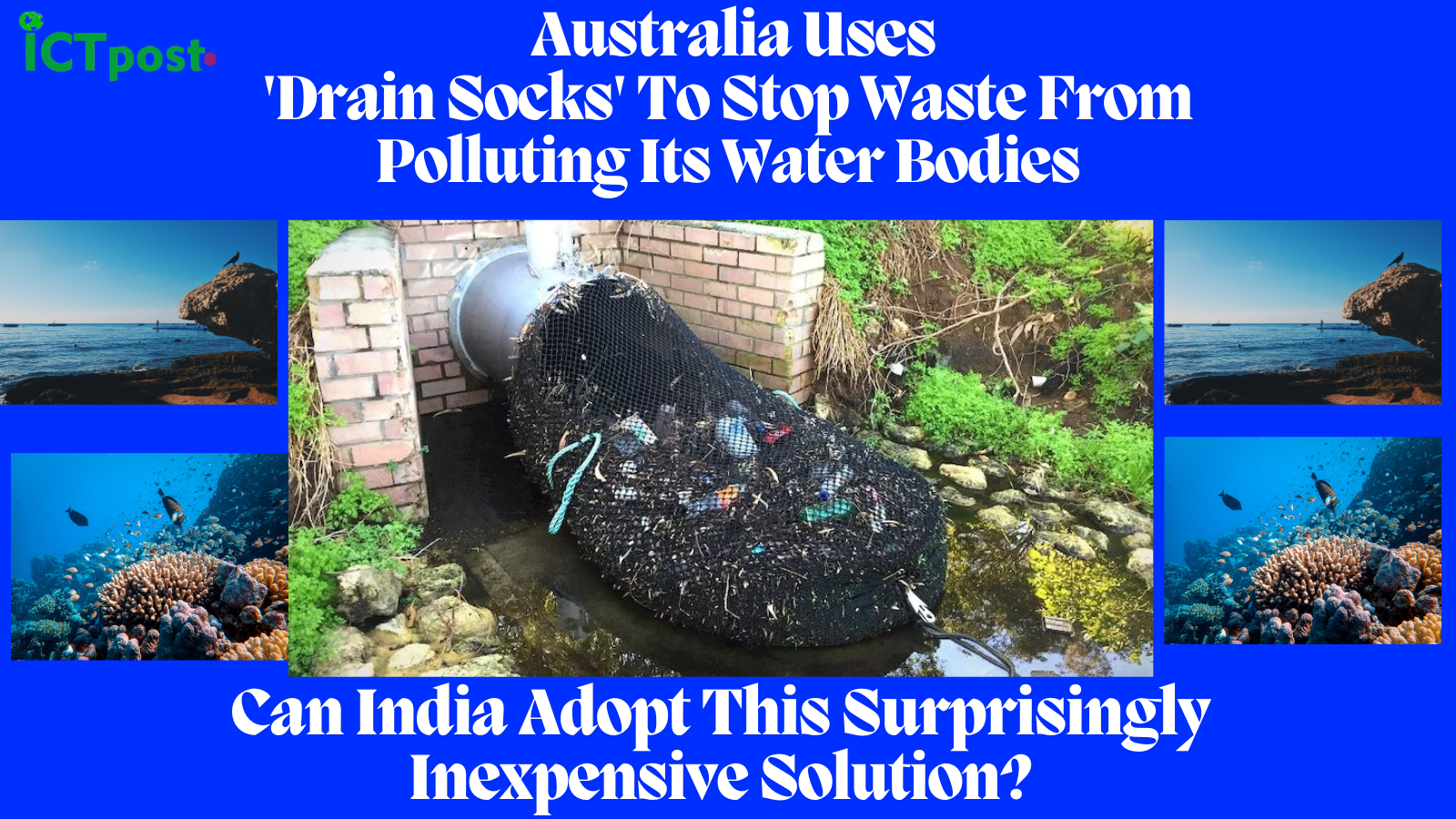By P Umashankar, IAS
One might wonder what Smart Grids can do for India, where the per capita consumption is below 1,000 kWh per annum. Although Indian Smart Grid may look quite different from an American or European Smart Grid, but its value and impact are no less. Smart Grids are an important option for sustainable development, but we must also recognize that it is not a miracle cure for the challenges that Indian Power Sector is facing today. Smart grids are not an overnight process, the details are impossible to predict, but the trends are easier to identify. Macro-economic pressure means there will be a need for much more capacity growth, and policy choices will push a more sustainable grid. The unified grid will remain the 3rd largest in the world, but it need not look like today’s.
The transmission grid will be synchronous, and the backbone will be ultra-high-voltage tests are already underway for 1200 kV AC lines. Inter-regional transfer capacity will grow enormously which is important since supply sources (both coal and renewables) are region-specific. New technologies such as Flexible AC Transmission Systems (FACTS) are expected to mature, and we have already started the learning process for (Synchro) Phasor Measurement Units (PMUs) to enable a Wide Area Measurement System, or WAMS, which can help improve the transmission system stability as well as its transfer capacity. Of course, increasing supply and strengthening the grid is only a small part of the future. If one steps back and examines the challenges facing India today, many of them apply at the distribution level, not generation or transmission. Here, again, a Smart Grid becomes not just a luxury but a necessity.
Today, losses are high in the system, both financial and technical, not to mention theft, and a smart system can easily help monitor and even control the flows of power. Shortfall of power, today ~15%, manifests itself with periodic outages (feeder-level load shedding), and this impacts the overall GDP in numerous ways, including the fact that consumers resort to back-up power generation via diesel and batteries/inverters, which is both expensive and environmentally damaging. Smarter and improved pricing will be important for renewables’ viability. The major challenge with renewables, their intermittency and unpredictability, is ripe for a nimble and responsive system, i.e., a smart system, where we not only have storage as an option, but consumer participation to match demand with supply.
We welcome global participation to help innovate, with criteria including not just price-performance but also modularity, usability, scalability, open standards, and security. To make smart grids work will take both top-down and bottom-up effort. In the long run, smart grids will only work if it is something the utilities and the consumers WANT.








